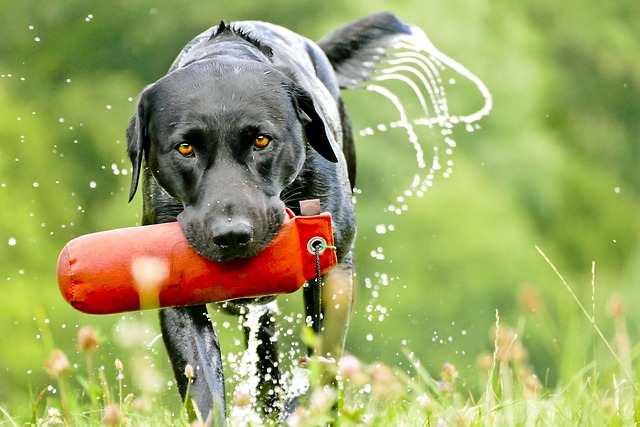
How do i train my dog to be obedient?
Watching your dog dart across the park ignoring your calls isn’t just frustrating—it can put them at risk near busy streets or public spaces.
The journey of potty training a Lab puppy weaves together patience, consistency, and a knack for reading their cues. These energetic, food-loving pups pick up routines quickly, yet their progress follows a timeline that shifts with age and maturity—one that’s manageable with the right approach.
Most Lab puppies start showing reliable bladder control between four and six months old. Before that, their tiny bladders can’t hold it for long—expect trips outside every one to two hours, especially after meals, naps, or play sessions. Younger pups may need to go out even more frequently, turning those early weeks into a cycle of short walks and plenty of praise.
Success hinges on reading your puppy’s signals. Sniffing the floor, circling, or sudden restlessness often mean it’s time to head out. Catching these cues before accidents happen reinforces good habits, while missing them can slow progress. Keep a close eye during the first few months; Labs are distractible, and a interesting bug or rustling leaf might make them forget their need to go.
Positive reinforcement works wonders with this breed. A small treat, enthusiastic praise, or a quick game of fetch right after they potty outside creates a strong association between going in the right place and good things happening. Avoid scolding for accidents—yelling or rubbing their nose in it confuses them, making them fear relieving themselves in your presence instead of learning where to go.
 Consistency in schedule and location helps solidify the routine. Taking them to the same spot each time, ideally a safe area away from heavy foot traffic or other distractions, gives them a familiar cue. Feeding at regular intervals, rather than leaving food out all day, makes bathroom breaks more predictable, turning mealtimes into reliable markers for when to head outside.
Consistency in schedule and location helps solidify the routine. Taking them to the same spot each time, ideally a safe area away from heavy foot traffic or other distractions, gives them a familiar cue. Feeding at regular intervals, rather than leaving food out all day, makes bathroom breaks more predictable, turning mealtimes into reliable markers for when to head outside.
Some regions have specific rules about where dogs can relieve themselves, with fines for leaving waste uncollected. Always carry bags and dispose of messes properly, turning this into part of the training process. Many communities require leashes even in yards, so getting your Lab used to going on a short lead early on avoids confusion later.
Setbacks happen, even with the most eager learners. Growth spurts, changes in routine, or stress can lead to occasional accidents, especially around six to eight months when teething or adolescence kicks in. These moments call for calm redirection, not frustration—reminding yourself that progress isn’t always linear keeps the process positive for both of you.
By eight months, most Lab puppies understand the routine well enough to hold it through the night and signal when they need to go. Full mastery, where accidents become rare, might take up to a year for some. Every pup matures differently; some pick it up in three months, others take a bit longer, especially if they’re easily distracted by their surroundings.
Celebrate small wins along the way. The first week without accidents, a successful trip outside after a nap, or a puppy who trots to the door when they need to go—these moments mark progress. Labs thrive on connection, and turning training into a bonding experience makes the process enjoyable for both of you.
Sticking to the plan, staying patient, and meeting your pup where they are turns a challenging phase into a foundation for trust. Before long, those frequent trips outside become a natural part of daily life, with your Lab confidently letting you know when it’s time to head out.

Watching your dog dart across the park ignoring your calls isn’t just frustrating—it can put them at risk near busy streets or public spaces.

New puppy owners often find themselves rushing to clean up accidents before they set in, and that’s where puppy pad training becomes a game-changer.

If you've noticed your dog's waistline disappearing and your veterinarian has mentioned those few extra pounds, your first instinct might be to simply reduce the amount of food in their bowl.

Training a dog to use a designated spot indoors isn’t as daunting as many new owners fear, but it does take consistency and an understanding of your pet’s needs.

That moment of dread on a walk is all too familiar for many new dog owners. You see another dog approaching down the sidewalk of your neighborhood

If the sight of another dog on your neighborhood walk makes your heart sink as your own dog erupts into a frenzy of barking and lunging, you're not alone.